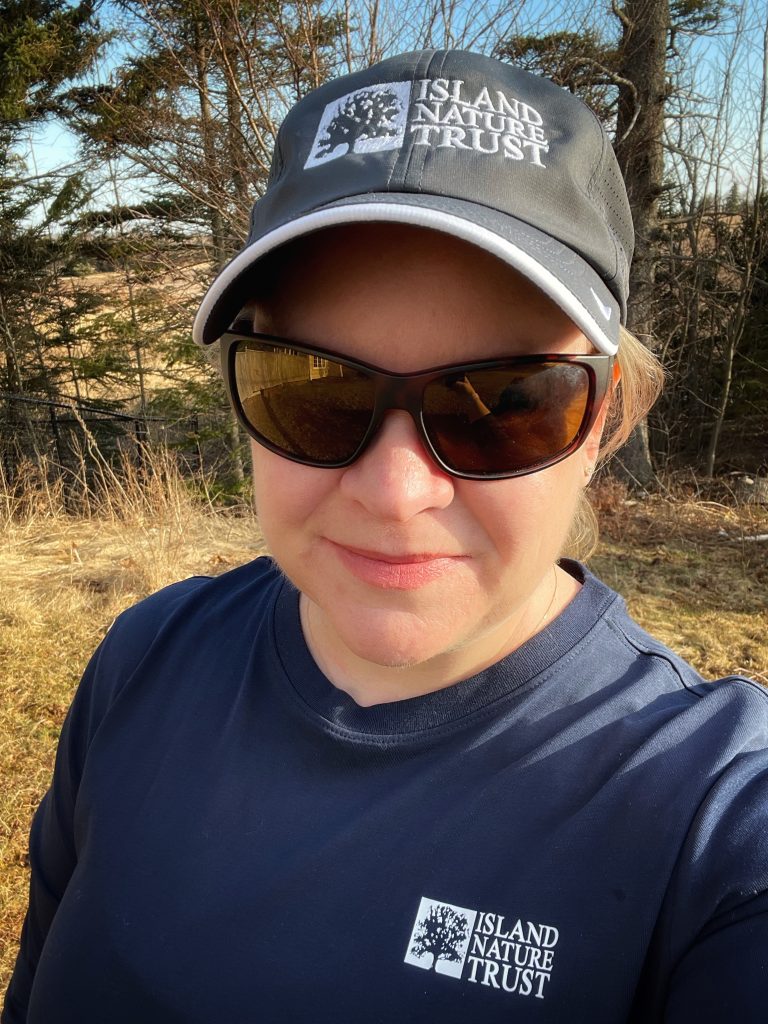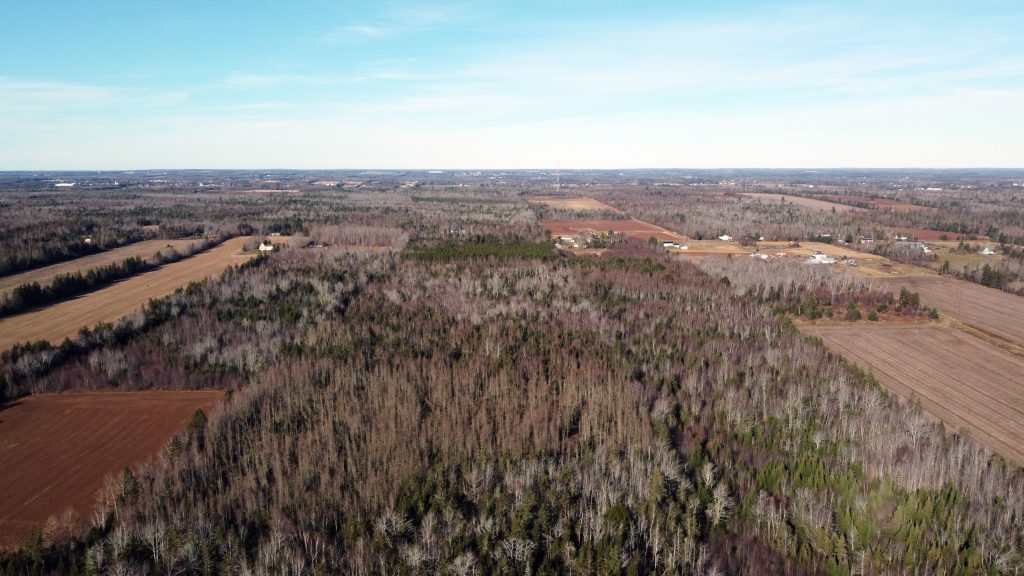INT’s Add A Patch campaign launches with the hope to reach the goal of protecting10 per cent of PEI’s ecologically significant land, through generous donations of land.
Since 1979, INT has been steadfast in its mission to acquire and protect ecologically significant land on Prince Edward Island. This is particularly challenging because 87 per cent of P.E.I. is privately owned, making it the highest per capita rate in Canada.
This disproportionate ownership is the by-product of a 1770’s colonial land grab, where PEI, known then as the Island of St. John, was mapped and divided into 67 lots and townships. Hundreds of years later, these policy decisions continue to impact conservation efforts and stymie the Island Nature Trust’s overall goal of protecting 10 per cent of the Island’s land.
Kerry-Lynn Atkinson, who has been working as an ecologist on PEI. for 15 years, now serves as Island Nature Trust’s land acquisitions manager – a job that entails her to secure large contiguous natural areas with diverse ecosystems across the province and protect them in perpetuity.
“Our strategic focus for acquisitions is to create connected natural areas,” she says. “In my role, I am tasked with assessing the open market for suitable land and working with potential land donors to assess if their properties are suitable for protection. I also work with other INT staff to outline tax advantages available to land donors.”
Private land ownership makes it challenging for the INT to create connected natural areas. The organization focuses on acquiring larger tracts of land with the requisite characteristics that advance INT’s core mission, including those with high biodiversity and ecosystems with species at risk.
“The size and number of conserved natural areas have been growing over decades,” says Atkinson of the land INT has already protected since 1979. “We’re refining our strategy to connect and expand these conserved areas to allow them to carry out their natural functions and processes. Sometimes all it takes is the addition of a key piece of the landscape’s puzzle to support ecosystem services.”
Island Nature Trust defines ecologically important land as an area that contains vital habitat features that house several Island species and carries out critical ecosystem functions: including freshwater wetland, upland forests, salt marshes, old-growth forest, riparian zones and streams. Ideally these parcels are larger than 35 acres in size.
“Not to say that if an individual wanted to donate a 20-acre parcel that we’re not interested,” Atkinson clarifies. “That parcel could be a key puzzle piece that houses some really important habitat or could grow an already protected natural area – we’re certainly interested in looking at smaller parcels, but larger ones are the goal right now.”


Kathy Stuart is a multi-generational landowner who believes strongly in the INT’s mission. Almost two decades after inheriting family plots that encompass 255 acres of Wabanaki forest, bog, and riparian habitat along the Sturgeon and Montague Rivers, Stuart donated her land to INT – the fourth largest donation in the organization’s history.
Prior to her donation, Stuart protected her properties in 2018 under the PEI Natural Areas Protection Act, with the help of INT and the PEI Department of Environment, Energy and Climate Action.
“I wanted to emphasize the forested wetland in order to protect wildlife, water and the forested ecosystem from unwanted development,” she says.
INT fundamentally relies on the generosity of Islanders like Stuart for donations, and offers a variety of incentives to landowners, including a charitable tax receipt for donated land, as well as potential capital gains tax relief through Environment Canada’s Ecological Gifts Program.
But Stuart says the main motive for donating wasn’t just because of any financial benefit – she wanted to ensure that the unspoiled storybook-quality woodland of her childhood will be protected for generations to come.
Now, the Stuart Memorial Woodland has done just that, establishing a legacy of conservation on behalf of the entire Stuart family.
“The economic value is what everyone thought about as far as a piece of woodland,” says Stuart, admitting she recognized the ecological value of that land, even at an early age. “For me, I understood the environmental impact beyond that economic value; it’s finally coming into its own as a natural ecosystem.”
Thanks to generous donations like Stuart’s, Atkinson is optimistic that the INT’s goal of protecting 10 per cent of Island land is well within reach, and she hopes it will inspire more Island landowners to donate in the future.
“We’ve had our most successful year ever as far as land acquisition goes,” she says. “We’re hoping to continue that upward trend and keep adding to these protected areas. This won’t happen without the support of Island landowners.”
Get in touch
Connect with our team

Sign up
To Our
Newsletter
Be the first to know about
future events, news and
campaigns.
Follow Us
#givingbacktonature
Get in touch
Connect with our team
Follow Us
#givingbacktonature

